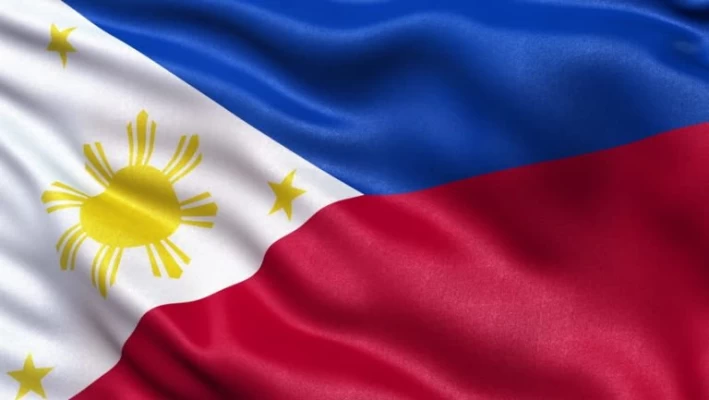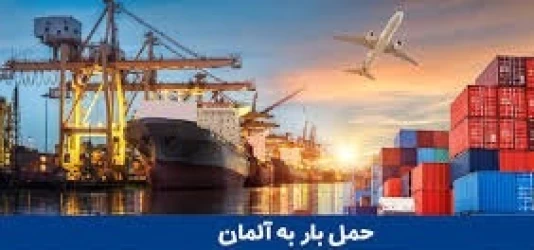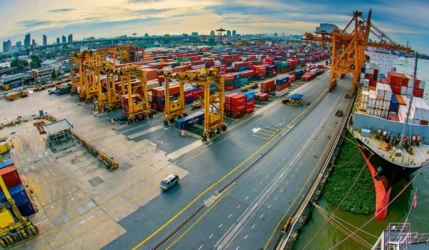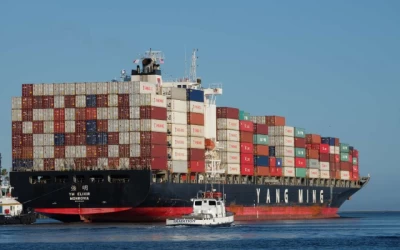Guide to trade with the Philippines, sea freight
The Philippines, an archipelago of over 7,000 islands in Southeast Asia, presents a dynamic and rapidly growing market for international trade. Its strategic location along key maritime routes enhances its role as a hub for shipping and logistics in the Asia-Pacific region. This article offers a comprehensive overview of trade opportunities in the Philippines, the challenges faced, and the crucial role of maritime transport in facilitating trade.
1. Economic Overview of the Philippines
The Philippine economy has shown resilience in the face of global economic fluctuations. As a developing country, it boasts a diverse economic structure, with key sectors including agriculture, manufacturing, and services. The country's GDP growth has been fueled by a young and skilled workforce, increasing foreign investment, and ongoing improvements in infrastructure.
Key exports from the Philippines include electronic components, machinery, agricultural products (such as bananas and coconuts), and mineral resources. The country also heavily relies on imports for raw materials and industrial products, making it a vital player in global trade networks.
2. Trade Opportunities with the Philippines
- Agriculture and Food Products: The Philippines has a rich agricultural landscape, providing opportunities for exporting various food products, including fresh fruits, vegetables, and processed foods. The demand for organic and health-conscious products is also on the rise.
- Electronics and Manufacturing: As one of the largest exporters of electronic goods, there are substantial opportunities for businesses involved in manufacturing and exporting electronic components, semiconductors, and consumer electronics.
- Construction and Infrastructure: The Philippines is undergoing significant infrastructure development, leading to increased demand for construction materials, heavy machinery, and engineering services. Companies can benefit from supplying products and services in this sector.
- Tourism and Services: With its stunning natural beauty and rich cultural heritage, the Philippines is a popular tourist destination. There are opportunities for businesses in hospitality, travel services, and related sectors.
3. Challenges in Trading with the Philippines
Despite the numerous opportunities, trading with the Philippines comes with its own set of challenges:
- Political and Economic Instability: Political fluctuations and economic uncertainty can impact trade and investment decisions. Businesses must stay informed about the political climate and potential regulatory changes.
- Bureaucratic Hurdles: The Philippines has a complex regulatory environment, which can create challenges in customs clearance and compliance with local laws. Navigating the bureaucratic processes may require the assistance of local experts or legal counsel.
- Logistical Issues: Given the archipelagic nature of the country, transportation and logistics can be complicated. Delivering goods across islands may involve multiple modes of transport and can lead to delays.
4. Maritime Transport to the Philippines
Maritime transport is the backbone of trade for the Philippines, given its geographical configuration. The country has numerous ports, with major shipping hubs including Manila, Cebu, and Davao. These ports play a crucial role in facilitating the movement of goods between the Philippines and the global market.
4.1 Steps for Maritime Transport to the Philippines
- Choosing the Right Port: Depending on the nature of the cargo and final destination, selecting the appropriate port is vital. Manila serves as the primary commercial hub, but other ports may be more suitable for specific types of cargo.
- Preparing Shipping Documentation: Accurate and complete shipping documents are essential for smooth transit. Required documents may include the bill of lading, certificate of origin, commercial invoice, and insurance certificates. Proper documentation helps avoid delays in customs clearance.
- Customs Clearance Procedures: The Philippines has specific customs regulations that must be adhered to. Working with local customs brokers can facilitate the clearance process and ensure compliance with regulations.
- Cargo Insurance: Given the risks associated with maritime transport, insuring cargo is crucial. Insurance protects against potential losses, including damage, theft, or loss during transit.
4.2 Advantages of Maritime Transport
- Cost-Effectiveness: Maritime transport is generally more economical than air freight, especially for bulk and heavy cargo.
- High Capacity: Ships can carry a substantial amount of cargo, making maritime transport suitable for businesses looking to import or export large quantities.
- Access to International Markets: The ports in the Philippines serve as gateways to the Asia-Pacific region and beyond, facilitating access to international markets.
4.3 Challenges of Maritime Transport
- Longer Transit Times: Compared to air freight, maritime transport takes longer, which may not be ideal for time-sensitive shipments.
- Limited Port Infrastructure: Some ports may face congestion and have limited infrastructure, leading to delays in loading and unloading cargo.
5. Collaborating with Logistics Companies
To navigate the complexities of maritime transport, partnering with reputable logistics and shipping companies familiar with local regulations and infrastructure is essential. These companies can assist in streamlining transportation processes, ensuring compliance, and providing valuable insights into the Philippine market.
6. Conclusion
Trading with the Philippines offers numerous opportunities for international businesses, particularly in sectors like agriculture, electronics, and construction. However, understanding the challenges and intricacies of the market is crucial for success. Maritime transport remains a vital component of trade, providing an efficient and cost-effective means of moving goods. By leveraging logistics partnerships and staying informed about local regulations, companies can effectively navigate the Philippine trade landscape and seize opportunities in this vibrant market.
If you have any specific questions or need further assistance, feel free to ask!











